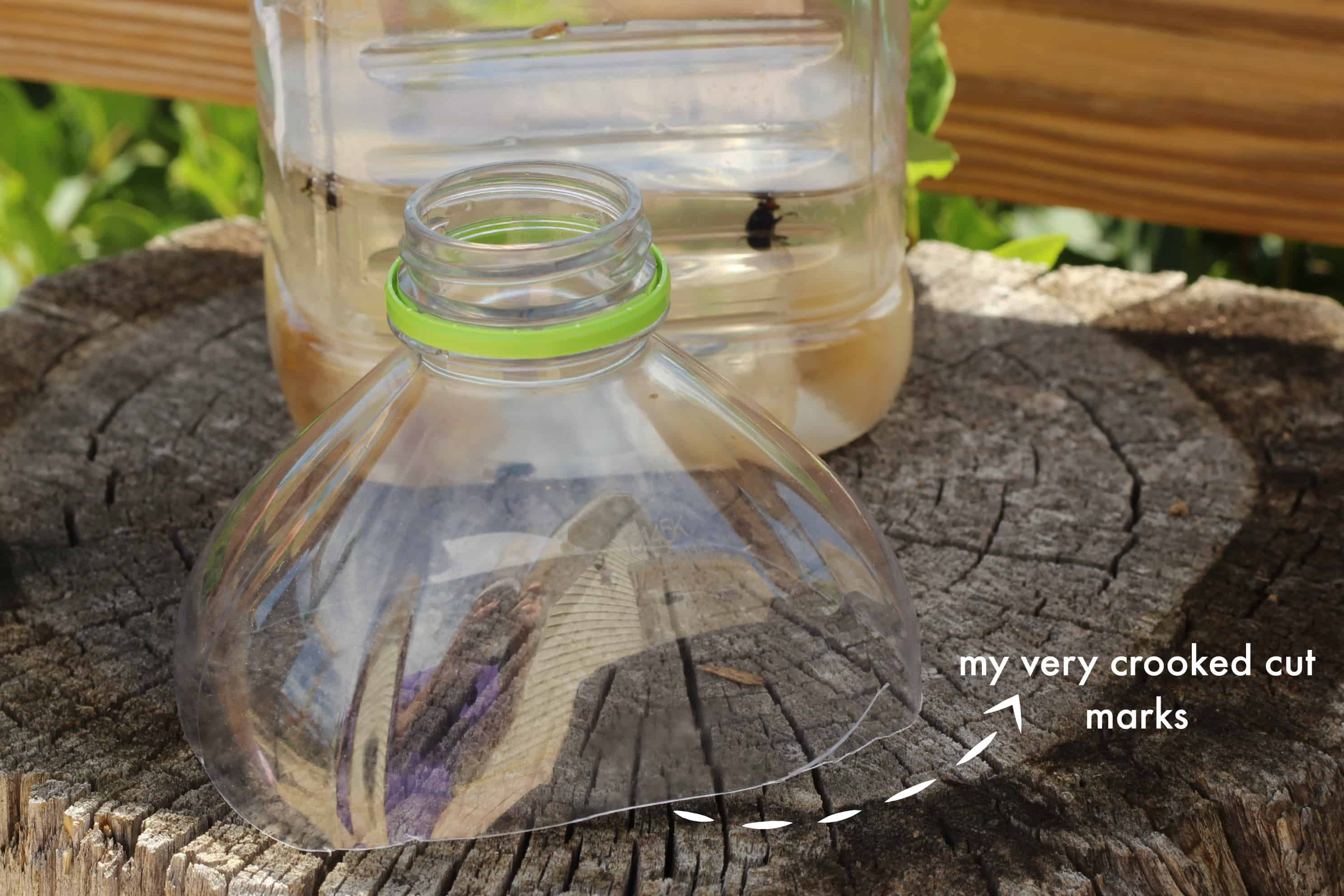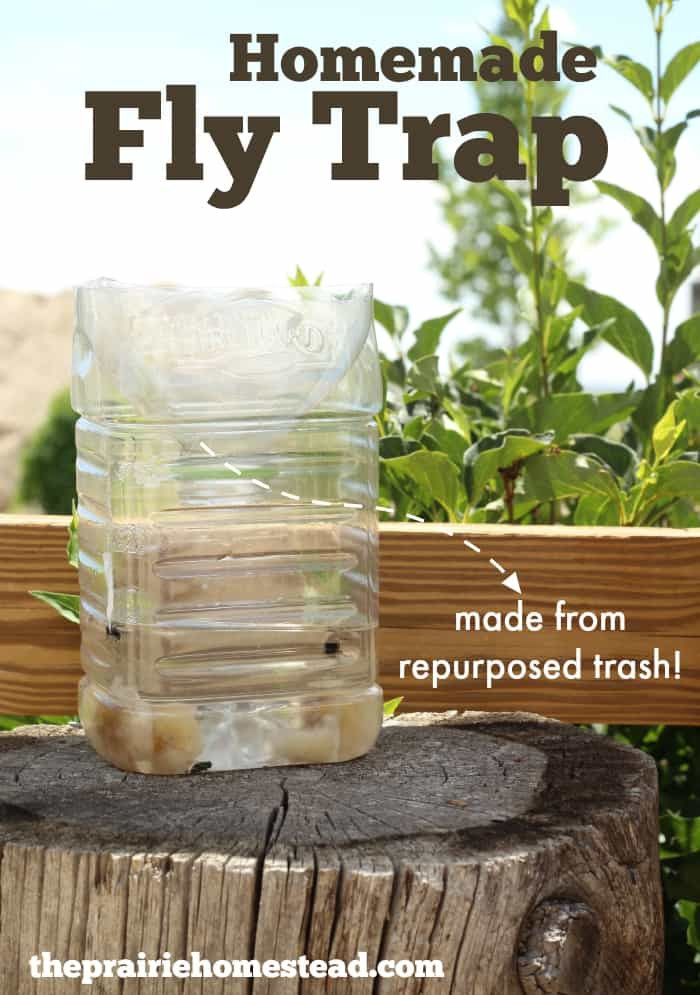Dealing with pesky flies in your home or garden? Before you reach for chemical sprays, consider a natural and cost-effective solution: a homemade fly trap. This guide will show you how to create an incredibly effective fly trap using items you likely already have around your house. Not only is this a budget-friendly approach to pest control, but it’s also an eco-conscious way to repurpose waste. Let’s dive into how you can easily make your own fly trap and reclaim your space from annoying flies.
Materials You’ll Need to Build Your Fly Trap
Creating this fly trap is incredibly simple and requires just a few common items:
- Plastic Bottle: A repurposed plastic bottle is the base of our trap. A 2-liter soda bottle or a juice jug works perfectly.
- Water: Tap water is all you need.
- Fly Bait: We’ll explore some effective and smelly bait options below to lure those flies in.
- Dish Soap (Optional): A single drop of liquid dish soap can enhance the trap’s effectiveness.
Step-by-Step Guide to Making Your Fly Trap
This DIY project is so straightforward, you’ll have your fly trap ready in minutes.
Step 1: Cut the Bottle
Take your plastic bottle and cut off the top section, right where the bottle starts to narrow to form the neck. Don’t worry about making a perfectly straight cut – functionality is key here, not aesthetics!
 Step-by-step instructions: Cutting the top off a plastic bottle to create a DIY fly trap for effective fly control.
Step-by-step instructions: Cutting the top off a plastic bottle to create a DIY fly trap for effective fly control.
Step 2: Invert the Top to Create a Funnel
Flip the top section of the bottle upside down and insert it into the bottle’s base. This inverted top will create a funnel shape, guiding flies into the trap. You can secure it with tape or glue if desired, but often, it will sit snugly on its own.
Step 3: Add Water and Bait
Pour a couple of inches of water into the bottom of the bottle. Ensure there’s a gap between the tip of the funnel and the water level – this is crucial for trapping the flies.
Now, add your chosen fly bait to the water. For an extra boost, include a single drop or two of liquid dish soap. The soap reduces the water’s surface tension, making it harder for flies to escape once they land.
Step 4: Choose Your Fly Bait Wisely
Flies are attracted to strong, often unpleasant, odors, especially sweet and decaying scents. The smellier the bait, the more effective your trap will be. Here are some excellent bait options you can use:
- Sugar Water or Honey Water: A simple mix of sugar or honey with water provides a sweet lure.
- Overripe Fruit: Flies love the smell of fermenting fruit. Banana peels, overripe strawberries, or any fruit scraps work wonders.
- Raw Meat: A small amount of raw meat, like ground meat or steak trimmings, emits a powerful scent that flies find irresistible.
- Animal Manure: If you have access to fresh animal manure, a bit of this will be highly effective (though potentially very smelly!).
- Combine Baits: For maximum attraction, you can even combine several of these bait options.
Remember, the bait’s effectiveness often increases as it ages and ferments, becoming even smellier over time. Don’t be afraid to let your bait sit for a bit to enhance its fly-attracting power.
Tips for an Even More Effective Fly Trap
- Hanging Your Trap: If you want to keep your trap off surfaces or position it higher, simply punch holes in the sides of the bottle and use string or wire to hang it.
- Bottle Choice: While 2-liter soda bottles are ideal, any plastic bottle will work. Juice jugs or larger bottles can also be used for bigger fly problems. Bottles that have had sticky residue inside previously can be even more appealing to flies.
- Strategic Placement: Place your fly trap in areas where you notice the most fly activity. This could be near garbage cans, compost bins, pet areas, gardens, or outdoor eating spaces.
- Patience is Key: It may take a little time for flies to discover your trap. Once they do, you’ll start seeing results.
- Regular Maintenance: Depending on how many flies you catch, you’ll need to clean out your trap and replenish the bait periodically for continued effectiveness.
 A completed homemade fly trap using a plastic bottle, filled with bait, ready to catch flies and naturally reduce fly infestations.
A completed homemade fly trap using a plastic bottle, filled with bait, ready to catch flies and naturally reduce fly infestations.
Conclusion
Creating a homemade fly trap is an incredibly easy, affordable, and environmentally friendly way to manage fly populations around your home. By repurposing a plastic bottle and using simple bait, you can effectively lure and trap flies without resorting to harmful chemicals. Give this DIY fly trap a try and enjoy a more fly-free environment, naturally!
